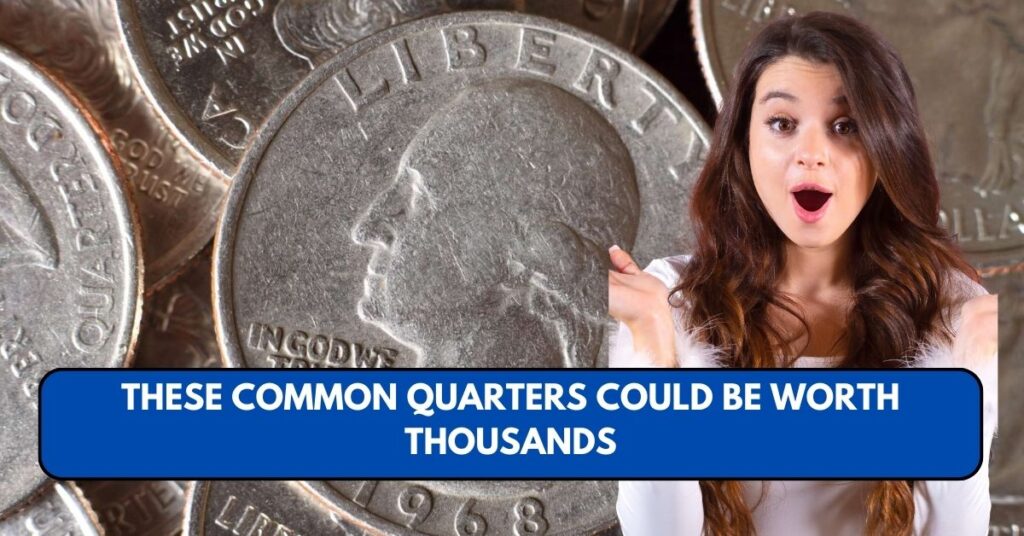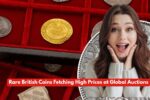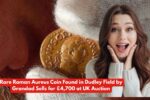Most people see a quarter as just loose change — 25 cents spent at vending machines or tossed in a tip jar. But some quarters are worth far more than their face value.
In fact, certain U.S. quarters have hidden features, minting errors, or rare characteristics that have made them prized possessions for coin collectors and are now worth hundreds — even thousands — of dollars.
In this article, we uncover the fascinating world of valuable quarters, how to spot them, and why some coins in your pocket change could secretly be worth a fortune.
1. Minting Errors Turn Ordinary Quarters into Rare Treasures
The U.S. Mint, while incredibly efficient, is not immune to mistakes. These rare slip-ups during the minting process create coins with unique errors that collectors eagerly pursue.
One of the most famous examples is the 2004 Wisconsin State Quarter. Some of these coins feature an extra leaf on the corn stalk in the design on the reverse side. There are two variations — the “High Leaf” and “Low Leaf.” These weren’t part of the original design and are believed to have occurred due to accidental die modifications.
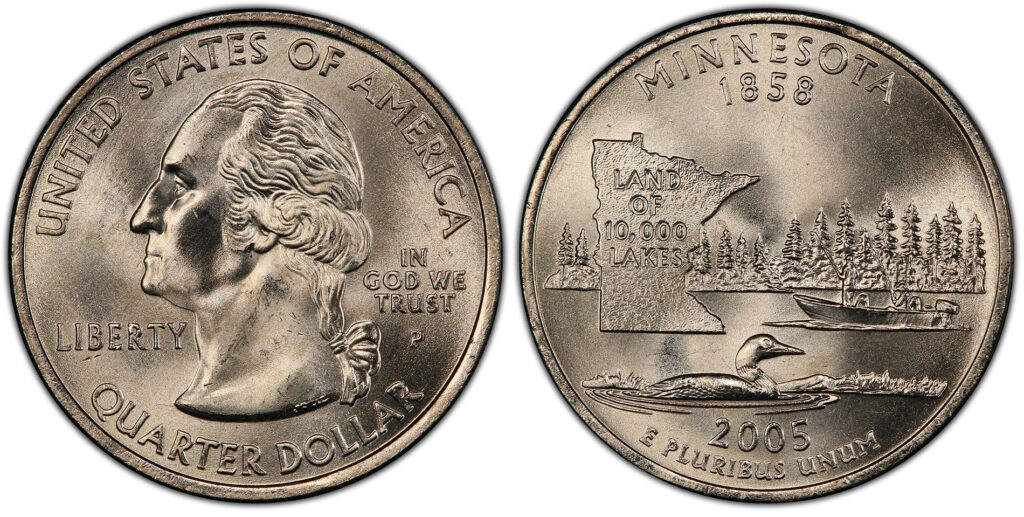
- Estimated Value: Between $200 to $1,500 depending on condition and demand.
Another rare find is the 2005 Minnesota State Quarter. Certain specimens contain an extra tree near the treeline, a result of a doubled die error. These doubling errors occurred when the coin die struck the coin twice at slightly different angles, creating a blurred or doubled image.
- Estimated Value: Up to $300 or more in high-grade condition.
2. Low Mintage Years Create Scarcity and High Demand
In numismatics, scarcity boosts value. Coins from years when the U.S. Mint produced fewer quarters are especially valuable to collectors.
The most sought-after are the 1932-D and 1932-S Washington Quarters — the first in the Washington series. These were minted during the Great Depression, a time of limited coin production.
- 1932-D Mintage: Only 436,800
- 1932-S Mintage: Only 408,000
- Value: Depending on condition, they can range from $200 to over $1,000.
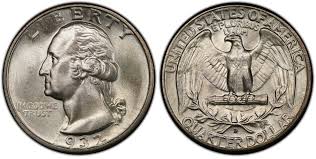
3. Design Anomalies That Go Beyond the Mint’s Intention
Aside from minting errors and low mintage, unique design quirks can dramatically increase a quarter’s value.
For instance, collectors have discovered Off-Center Strikes, Double-Struck Coins, and Clipped Planchets, where part of the coin is missing or misshapen due to production issues. These are considered errors, but because they’re rare, they are valuable.
- Value Range: Depending on severity and visibility, these errors can fetch between $50 and $500 or more.
- Authentication Services: Numismatic Guaranty Company (NGC), PCGS
4. Condition Is Key: The Role of Grading
Even a rare quarter won’t sell for top dollar unless it’s in good condition. Coin grading services like PCGS and NGC use a 70-point scale to assess a coin’s quality. A coin in Mint State (MS) — especially MS-65 and above — is far more desirable than one that is scratched or worn.
Professional grading can also authenticate a coin’s rarity and error type, giving buyers confidence and sellers a better return.
5. Where and How to Find Valuable Quarters
You don’t need to raid a museum to find valuable quarters. Many of them are still in circulation, sitting in drawers or pocket change. Start by checking quarters from the following collections:
- 50 State Quarters Program (1999–2008)
- America the Beautiful Quarters (2010–2021)
- Washington Quarters from 1932–1964 (90% silver)
If you’re serious about hunting, visit local coin shows, estate sales, or buy unsearched coin rolls from banks.
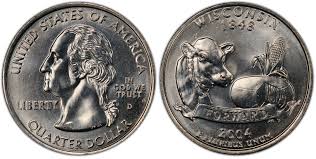
6. Is It Legal to Sell or Collect These Quarters?
Yes. It is completely legal to sell, buy, and collect U.S. coins, even rare or error coins. Just make sure you’re not altering them intentionally to deceive (which would be a federal offense under Title 18, U.S. Code § 331).
Final Thoughts
Whether you’re a casual collector or a curious beginner, it pays — literally — to know what to look for. With a sharp eye and a bit of luck, your next quarter could be worth far more than 25 cents. Always keep a magnifier handy, study mint marks, and stay updated with reputable coin grading authorities.
You never know — the change in your pocket might just pay for your next vacation.
This article has been carefully fact-checked by our editorial team to ensure accuracy and eliminate any misleading information. We are committed to maintaining the highest standards of integrity in our content.
